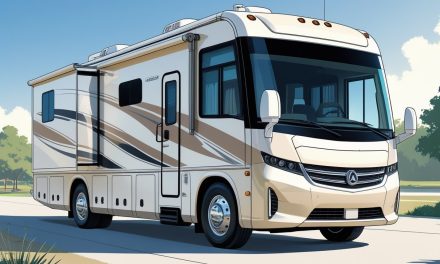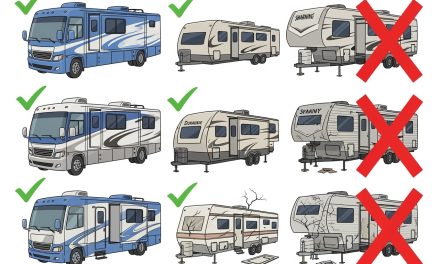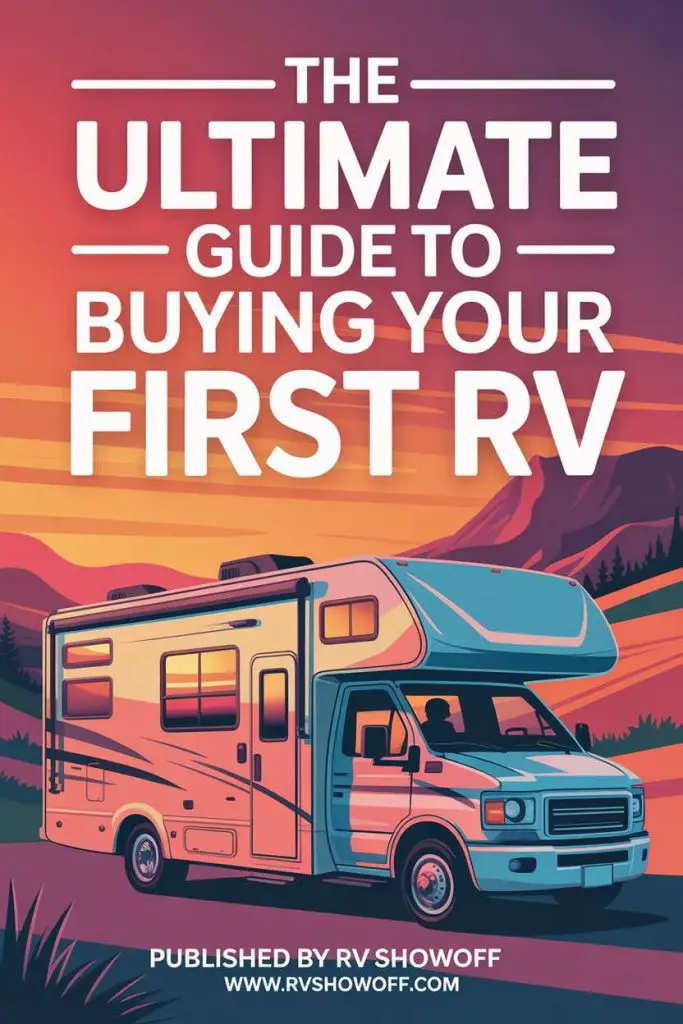Would you like to save this article?
Dreaming of hitting the open road and living the RV life on a budget? You’re not alone! Many people are drawn to the idea of cheap RV living, enticed by Instagram-perfect images and promises of freedom and affordability.
But in 2024, reality is hitting harder than ever, and more RVers are discovering that the costs can quickly spiral out of control.
From sneaky fees to surprise repairs, the expenses can add up fast, leaving many wondering if RV living is still the bargain it once seemed.
In the video from Grateful Glamper, she breaks down the real reasons why cheap RV living isn’t working this year.
1. Maintenance and Repairs: The Money Pit Effect
“Now here is the thing: if you own an RV, something is breaking always,” Charity from Grateful Glamper warns.
Whether you buy new or used, RVs are notorious for constant repairs—think roof leaks, busted water heaters, or slide-out failures. Even with a warranty, you could be stuck at a pricey campground waiting for a tech, racking up hundreds (or thousands) in extra costs. As Charity puts it, “It’s like a 6.5 magnitude earthquake happening in your RV every time you move.”
So, if you thought you could escape home repairs by hitting the road, surprise! Your RV just wants to keep things interesting (and expensive).
The only thing more reliable than an RV breakdown is your neighbor’s unsolicited advice on how to fix it.
2. Campground and Hookup Fees: More Than Just Nightly Rates
Think you’re getting away with $50 a night for a campsite? Think again! “Many campgrounds have hidden charges like resort fees, extra person or pet fees, peak season pricing,” Charity explains.
And don’t forget the infamous shower quarters—“it was one quarter for 5 minutes of hot water… multiply that times a family of four, and just the cost of showering starts to add up.” Before you know it, your “budget” campground stay costs more than a hotel.
At this rate, you’ll be showering with wet wipes and pretending it’s a spa day.
3. Propane and Utilities: The True Cost of Comfort
Heating, cooking, and even running your fridge can drain your propane tank faster than you’d expect, especially in winter. Charity shares, “While costs can vary, expect anywhere from $30 to $60 per refill or more if you’re using it a lot.” And don’t forget about those sneaky electric bills at RV parks with metered hookups—running your AC in the summer can make your wallet sweat, too.
Who knew your fridge could moonlight as a propane thief?
4. Internet and Connectivity: Fast Wi-Fi? Bless Your Heart
“Most campground Wi-Fi is terrible, and streaming? Yeah, not happening,” Charity jokes. If you need reliable internet, you’ll likely be paying for multiple cellular plans or even Starlink, which can cost $150 a month plus equipment. “For most of us who rely on connectivity on the road, we’re paying for multiple of these plans so that we have all of the carriers.”
Cheap RV living? More like expensive digital detox.
You’ll be sending smoke signals before you get a decent Zoom call.
5. Depreciation and Resale Value: Not an Investment
“An RV is not a financial investment. RVs depreciate fast—sometimes as much as 50% in 5 years,” Charity warns. That shiny new rig might lose value faster than your leftover campfire marshmallows. If you financed your RV, you might owe more than it’s worth when it’s time to sell. “We always buy used… and let someone else take that hit on depreciation.”
The only thing dropping faster than RV value is your jaw when you see the resale price.
6. Storage and Parking Fees: The Hidden Off-Season Cost
When you’re not using your RV, you still have to park it somewhere, and storage lots can charge anywhere from $50 to $300 a month. “Unless you happen to have land or live in an area with no HOA or city ordinances against RV parking—which spoiler alert is pretty hard to find,” Charity says. Even full-timers sometimes need storage for repairs or other travel, so don’t forget this sneaky cost.
Your RV might spend more time in storage than you do on vacation.
7. Boondocking and “Free” Camping: The Myth Busted
Dreams of endless free camping on public lands? Not so fast. “Camping on BLM land for the winter in some places like long-term visitor areas in Arizona require a permit for $180 for the winter… proposals could raise those fees to as much as $600,” Charity explains. Plus, dump station fees can run $10-$25 per use. As she puts it, “There’s no such thing as 100% free camping.”
Free camping is like a unicorn—everyone talks about it, but no one’s actually seen it.
Conclusion: Is RV Living Still Cheaper?
So, is RV living still cheaper than a traditional house? “Sometimes yes, sometimes no,” Charity admits.
The key is knowing about these hidden costs ahead of time so you can budget (and laugh) your way through the surprises. For the full scoop and even more tips, make sure to watch the Grateful Glamper video below!






